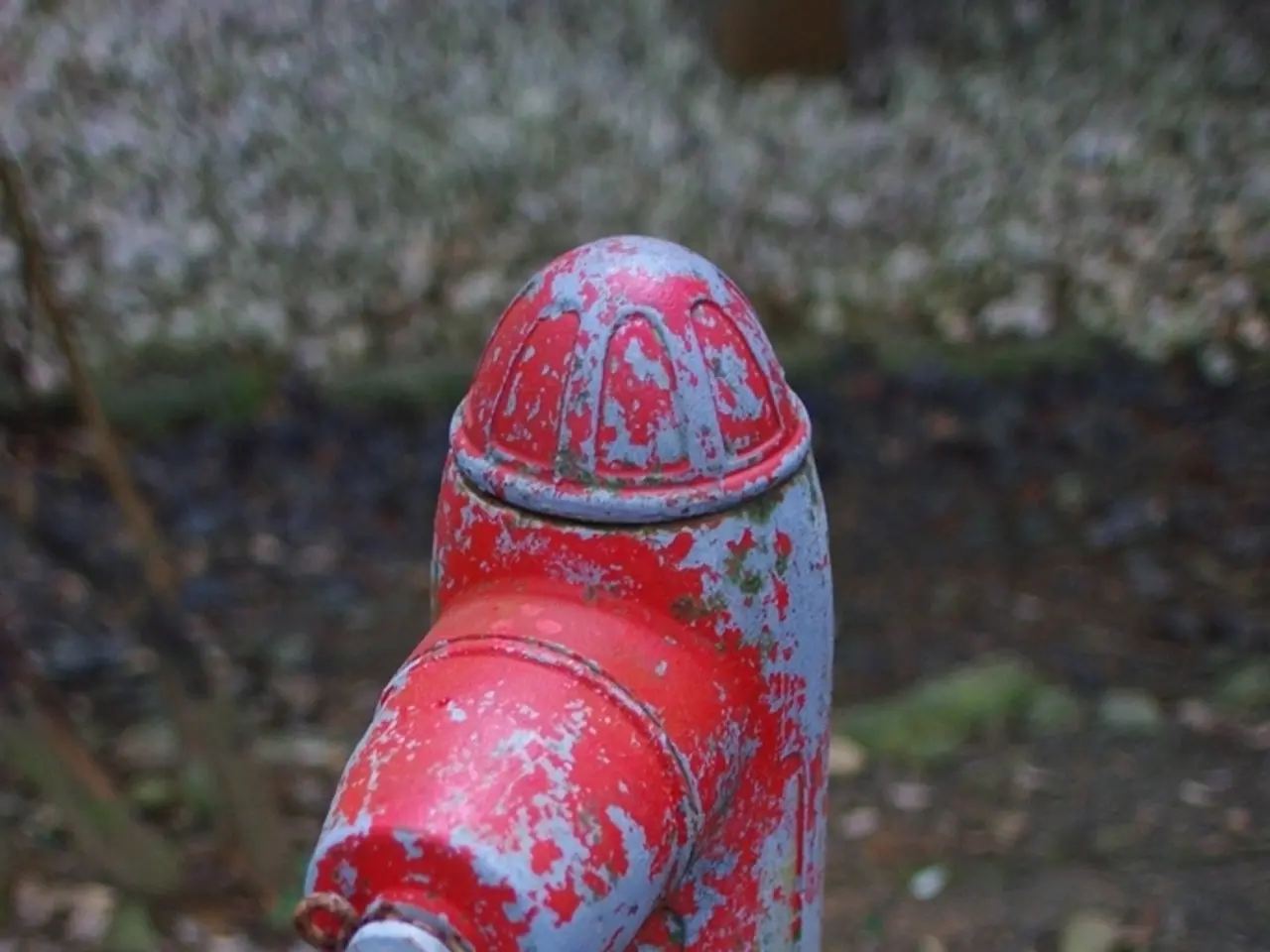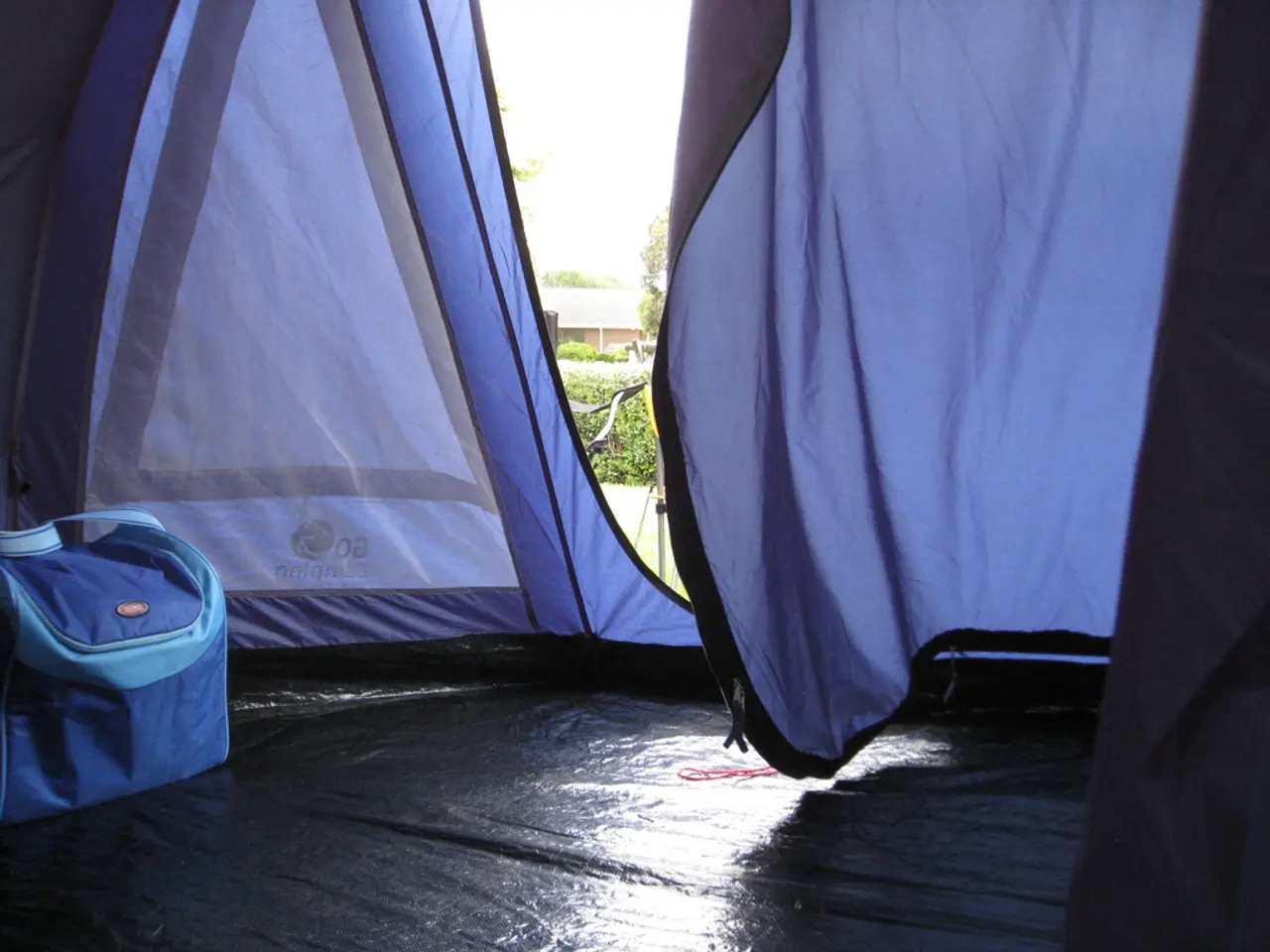"Water butts still a worthwhile investment despite hosepipe ban, declare experts"
In the face of increasingly frequent hosepipe bans due to unpredictable British summers and climate change, it's essential to find creative ways to maintain garden watering capabilities. Here are some practical tips from experts Steven Bell, founder of Paving Shopper, and Morris Hankinson, director of Hopes Grove Nurseries.
Firstly, buying a water butt remains a smart move, even after a hosepipe ban has been implemented. Water butts allow you to collect and store rainwater legally and efficiently, which can then be used for watering your garden during the ban when mains water hose use is prohibited. A standard water butt can hold up to 200 litres of rainwater, providing a reliable supply for garden watering needs during droughts or bans.
Moreover, recycling grey water, such as bath water, for plant watering is also suggested by Morris for plant watering. Using cooled pasta water as a natural fertilizer for plants is another eco-friendly approach recommended by Steven Bell.
To maximise the benefits of water butts, consider installing multiple water butts if you have a large roof or greenhouse to catch from. Linking two or more water butts together can dramatically increase rainwater harvesting potential.
To prevent water evaporation, sinking a flowerpot next to plants can help water sink down to the roots instead of evaporating on the surface. Using a saucer on containers can also help make the most of any water that runs out of the bottom.
Mulching helps lock in soil moisture, suppress weeds, and reduce evaporation, keeping soil damp for longer. Watering plants early in the morning or late in the evening can also help reduce evaporation. Aiming water at plant roots, not leaves, can help reduce evaporation when using watering cans during a hosepipe ban.
When water is scarce, it's important to focus watering efforts on newer plants, vegetables, and those looking visibly stressed. Unused nappies can be placed in the soil around plants to help retain water and release it slowly to the roots during dry spells.
In conclusion, these tips offer a practical, legal, and eco-friendly strategy to maintain garden watering capability during hosepipe bans and dry spells. By adopting these practices, you can not only save water but also reduce your carbon footprint and prepare for the future.
- Alongside the suggestions from experts, environmental science emphasizes the significance of mulching, as it helps lock in soil moisture, suppress weeds, and reduce evaporation, keeping soil damp for longer.
- To fully leverage the potential of water butts, consider installing multiple water butts if you have a large roof or greenhouse, or linking two or more water butts together for increased rainwater harvesting.
- In the realm of lifestyles designed for a changing climate, recycling grey water, such as bath water, for plant watering is a practical approach suggested by Morris, while using cooled pasta water as a natural fertilizer for plants, a recommendation by Steven Bell, falls under the umbrella of home and garden practices that are both eco-friendly and economical.




